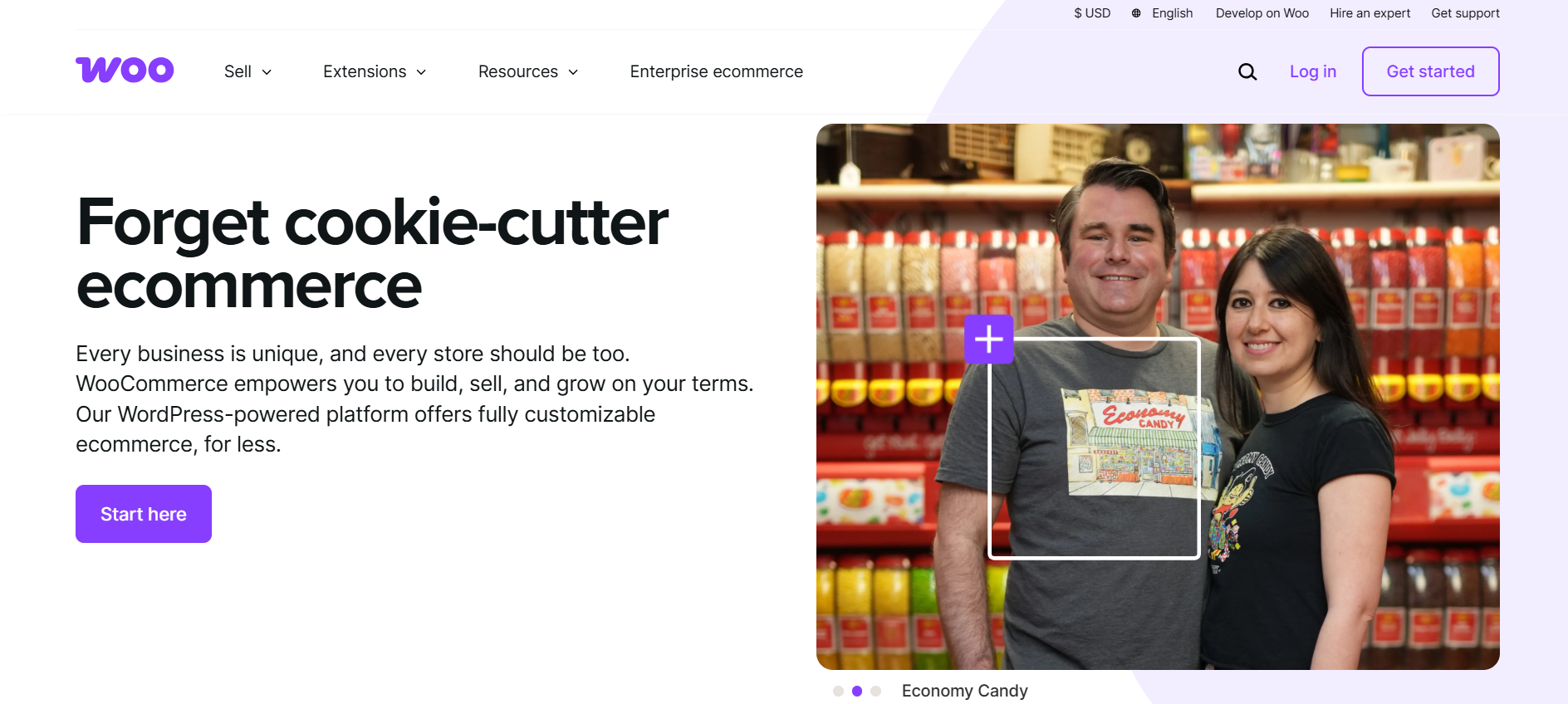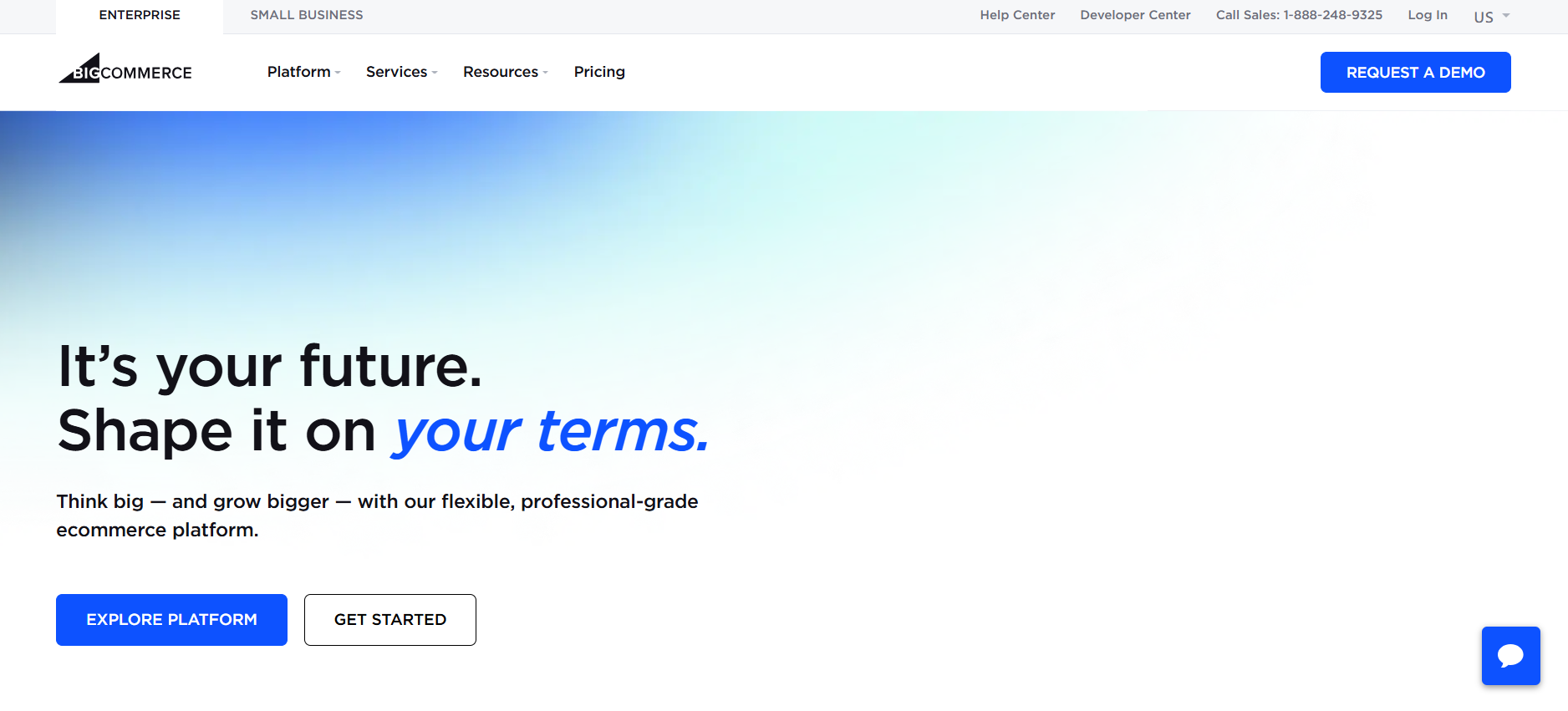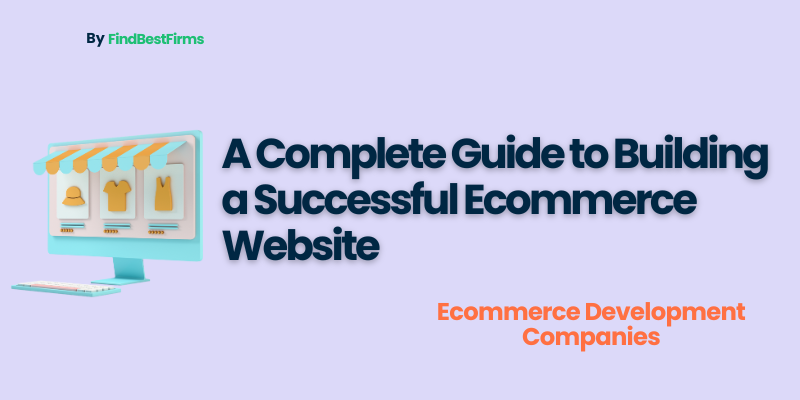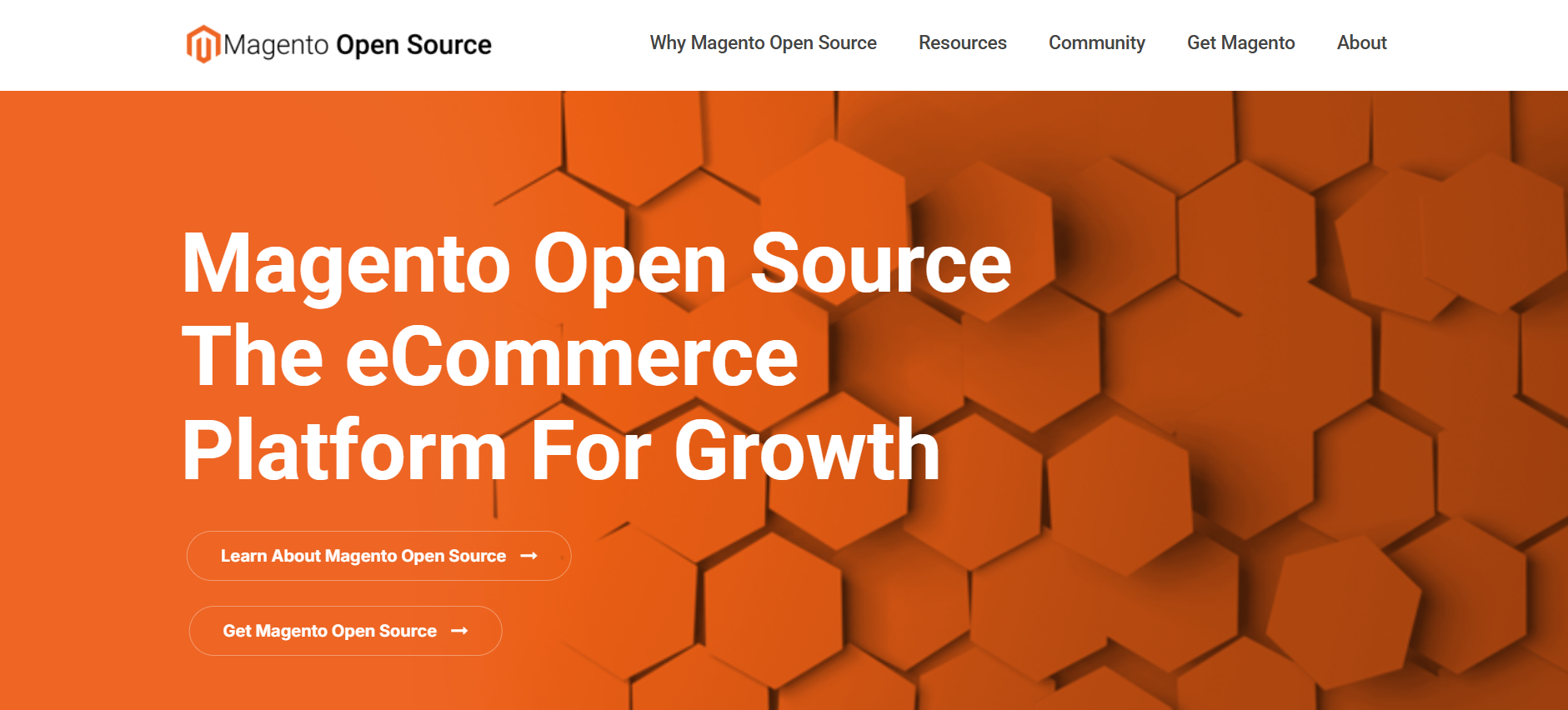The fact that there are more customers than ever utilizing online services to make their purchases means that a digital storefront is not a requirement anymore, it is necessary.
The ecommerce industry is expected to grow to more than 7 trillion dollars in all the countries of the world by 2025, and it is a golden chance to make a niche in the digital world by business owners, startups, entrepreneurs, non-tech founders, and solopreneurs.
Do you want to start a small niche-specific store or a strong multi-category platform? No matter what you have in mind, this guide will show you everything that you have to do to create a successful ecommerce site in 2025.
Why Start an Ecommerce Website in 2025?
The convenience, fast delivery as well as the access to the wider product lines are some of the factors which have contributed to the switch in consumer patterns towards online shopping. The following are some of the possible strong reasons why an ecommerce site should be launched now:
Reduced startup and operation expenses: Ecommerce stores have cheaper start-up and operation costs when compared to a brick and mortar store, thus startups and solopreneurs can test and grow ideas faster.
24/7 availability: With this you store is open 24/7 and serves customers who are located in other time zones.
Larger market coverage: Selling to customers outside of your local market and going global.
Real-time data: Know the behavior of the customers by real-time data, make informed decisions.
Adaptable business models: ecommerce allows many types of business models, such as dropshipping, D2C (direct-to-consumer), B2B, and marketplaces.
As a non technical founder or solopreneur, it is true that today is the best time to open a shop without extensive technical skills thanks to modern tools and ecommerce development firms.
Choosing the Right Ecommerce Platform
1. Shopify
Best for: Beginners, small to medium businesses, and solopreneurs
Shopify is a fully hosted, cloud-based ecommerce platform designed for ease of use. It's ideal for those who want to get their store up and running quickly without needing to dive into code.
Notable Attributes:
- User-Friendly Dashboard: Easily add products, track inventory, and manage orders without technical knowledge.
- Design Flexibility: Access to hundreds of professionally designed themes (free and paid).
- Built-in Marketing Tools: Includes email marketing, abandoned cart recovery, SEO tools, and discount code generation.
- App Store: Thousands of plugins for dropshipping, accounting, loyalty programs, and more.
- Mobile Optimization: All themes are responsive, ensuring your store works on any device.
- Hosting & Security: Shopify handles updates, security patches, and hosting for you.\n\nPricing:
Starts at $39/month (Basic), with plans scaling based on features and team access.
Ideal For:
Entrepreneurs are looking for an all-in-one solution that’s simple to maintain and quick to launch.
2. WooCommerce (for WordPress)
Best for: Bloggers, WordPress users, small-to-medium stores with customization needs
WooCommerce is a free, open-source plugin for WordPress that transforms any website into a fully functional online store. It’s a great choice for users who already have a WordPress site or want complete control over their website’s functionality and design.
Notable Attributes:
- Highly Customizable: Thanks to WordPress's open-source nature, you can edit every part of your site.
- Wide Plugin Ecosystem: Thousands of WordPress plugins are available to enhance your ecommerce store.
- Flexible Product Management: Supports digital, physical, subscription, and affiliate products.
- Community Support: Large developer community, extensive documentation, and forums.
- SEO-Friendly: Built on WordPress, which is known for strong SEO capabilities.
- Self-Hosted: You control your hosting, security, and updates—but you’ll need to manage these yourself or hire experts.
Pricing:
The plugin is free, but you'll need to pay for hosting, SSL, themes, and any premium plugins.
Ideal For:
Tech-savvy users or businesses already using WordPress who want complete ownership and flexibility.
3. BigCommerce
Best for: Rapidly growing businesses, B2B ecommerce, multi-channel retailers
BigCommerce is a fully hosted SaaS platform like Shopify but tailored more toward businesses that need advanced features, scalability, and B2B functionality.
Notable Attributes:
- Advanced SEO Features: Structured data, clean URLs, and editable metadata out of the box.
- Multi-Channel Selling: Sell across Facebook, Instagram, Amazon, and eBay directly from your dashboard.
- Built-In Features: Includes real-time shipping quotes, customer groups, product filtering, and more without needing extra plugins.
- Flexible APIs: Makes it easier to integrate with third-party systems like ERPs, CRMs, and CMS platforms.
- Customizable Checkout: Modify the checkout experience to improve conversions.
- High Security: PCI compliance, HTTPS, and DDoS protection are built-in.
Pricing:
Starts at $39/month (Standard), with higher tiers offering more features like abandoned cart recovery and advanced segmentation.
Ideal For:
Growing ecommerce brands looking for robust, scalable features and B2B capabilities.
4. Magento (Adobe Commerce)
Best for: Enterprise-level businesses with development resources
Magento (now part of Adobe Commerce) is an open-source ecommerce platform designed for large businesses with complex requirements. It offers unparalleled flexibility but requires technical expertise or a dedicated development team.
Notable Attributes:
- Scalable Infrastructure: Handle large volumes of products, traffic, and transactions.
- Advanced Customization: Tailor every part of the shopping experience to your needs.
- Powerful Product Management: Supports configurable products, bundled products, virtual and digital goods.
- Omnichannel Capabilities: Seamlessly integrates with POS systems and third-party channels.
- Strong B2B Features: Includes custom pricing, quick orders, company accounts, and RFQ (Request for Quote) features.
- Global Support: Multi-language, multi-currency, and multi-warehouse support built-in.
Pricing:
Magento Open Source is free to use, but enterprise-level Adobe Commerce starts from $22,000+/year. You also need to account for hosting, development, and maintenance costs.
Ideal For:
Established brands with complex ecommerce needs and the budget to invest in a full development team or ecommerce development companies.
Identifying Your Target Market & Niche
Before diving into design and development, define your niche and understand your audience. This clarity will shape everything—from your product offerings to your content and marketing strategies.
How to Identify Your Target Market:
- Conduct market research: Use tools like Google Trends, SEMrush, or Ahrefs to identify trending niches and audience behavior.
- Create buyer personas: Describe your ideal customers’ demographics, pain points, and motivations.
- Analyze competitors: Study top players in your niche to understand what works and where you can differentiate.
Your goal is to find a niche that has demand, low-to-moderate competition, and aligns with your passion or expertise. This foundation gives you a competitive edge in the long run.
Ecommerce Website Design Tips That Convert
A well-designed website creates a seamless shopping experience that builds trust and encourages purchases. Here's what you should focus on:
1. Simplicity & Clean Layout
Keep the interface uncluttered. Too many elements can confuse users. Let your products and calls-to-action stand out.
2. Visual Hierarchy
Use bold typography for product titles, ensure CTAs are visible, and place key information above the fold.
3. Consistent Branding
Stick to a cohesive color palette, use a recognizable logo, and maintain consistent messaging across pages.
4. Mobile Responsiveness
Ensure that your website performs seamlessly on smartphones and tablets, where over 60% of ecommerce transactions happen.
5. Fast Load Speed
A delay of even 1 second can reduce conversions. Optimize images, reduce scripts, and use caching for faster load times.
Professional ecommerce developers can ensure that your design is not only visually appealing but also optimized for conversions and speed.
Setting Up Products and Inventory
Adding products to your website is more than uploading images and prices. You must present them in a way that engages and informs your audience.
Key Elements of Product Setup:
- Product titles: Be specific and use keywords (e.g., "Men's Leather Wallet with RFID Protection")
- Descriptions: Include features, benefits, and specifications. Use bullet points for readability.
- Images: Use multiple high-resolution images from different angles. Include lifestyle shots and zoom functionality.
- Variants: Allow options like size, color, and quantity.
- Inventory management: Integrate stock tracking, low-stock alerts, and automated reordering.
Organize your products into clear categories to improve site navigation and help users find what they need faster.
Payment Gateway & Checkout Best Practices
A smooth and secure checkout process is essential for conversions. Here’s how to get it right:
1. Trusted Payment Gateways
Use reputable options like PayPal, Stripe, Razorpay, or Square. Display trust logos to boost credibility.
2. Multiple Payment Options
Offer debit/credit cards, digital wallets, UPI, and buy-now-pay-later services to accommodate diverse user preferences.
3. Guest Checkout
Avoid forcing users to register. Offer a guest checkout option to reduce drop-offs.
4. Auto-Fill and Address Validation
Simplify the process by auto-filling fields and validating addresses in real time.
5. Progress Indicator
Show customers how many steps remain in the checkout process.
6. Post-Purchase Experience
Send confirmation emails with invoice and tracking information. Follow up with a thank-you message or future offer.
Ecommerce Security Must-Haves
Online shopping comes with risks. Protect your customers and your business by incorporating robust security measures:
- SSL Encryption: Encrypt data with HTTPS protocol.
- Secure Payment Gateways: Ensure compliance with PCI-DSS standards.
- Two-Factor Authentication: Protect your admin login from unauthorized access.
- Firewall and Anti-Malware: Monitor and block threats in real-time.
- Data Backup: Schedule regular backups to prevent data loss.
Ecommerce development companies typically offer ongoing security monitoring and support as part of their service.
Optimizing for SEO & Page Speed
To attract traffic organically, your site must be search-engine friendly.
On-Page SEO Checklist:
- Use keyword-rich product titles and descriptions
- Create unique meta titles, descriptions, and headers
- Include alt tags for images
- Set up a clean URL structure
- Create and submit an XML sitemap to Google
Speed Optimization Tips:
- Use image compression tools like TinyPNG
- Minimize HTTP requests
- Implement lazy loading for images
- Leverage browser caching and CDNs
Fast and optimized websites rank better, offer a smoother UX, and ultimately lead to higher conversions.
Marketing Channels to Drive Traffic
After launching your ecommerce site, you need a solid marketing strategy to attract and retain customers.
1. Email Marketing
Build your list with pop-ups and offers. Send welcome emails, product updates, promotions, and abandoned cart reminders.
2. Social Media Marketing
Share product photos, user-generated content, and behind-the-scenes stories on platforms like Instagram, TikTok, and Pinterest.
3. Paid Ads
Run Google Shopping ads and Facebook campaigns targeting your niche audience.
4. Influencer Marketing
Partner with niche influencers who align with your brand to build trust and social proof.
5. Content Marketing
Start a blog with how-to articles, gift guides, and customer success stories to drive SEO traffic and engage users.
Testing & Launch Checklist
Your ecommerce site should be thoroughly tested before going live.
Testing Areas:
- Check functionality of all buttons, forms, and menus
- Test the checkout flow across devices and browsers
- Ensure responsiveness on desktop, tablet, and mobile
- Validate all integrations (payment, CRM, email)
- Fix 404 errors and broken links
Soft launch with limited traffic to gather early feedback. Use insights to make final tweaks before a full-scale rollout.
Post-Launch: Maintenance & Continuous Improvement
After launching, your focus should shift to ongoing improvement.
Maintenance Tips:
- Regularly update content and product listings
- Optimize SEO based on traffic data
- Offer live chat or AI-driven support
- Monitor KPIs like bounce rate, conversion rate, and cart abandonment
- Collect customer feedback to refine your UX
To ensure your online store grows smoothly, it's wise to work with experienced ecommerce developers. They offer more than just technical setup. They provide ongoing support, regular updates, and solutions tailored to your business needs. For reliable results, consider partnering with one of the Top Ecommerce Development Companies.
Reliable ecommerce development companies not only build the site but help you evolve it through technical and strategic insight.
Building a successful ecommerce website in 2025 takes more than just an idea. It requires clear planning, consistent execution, and ongoing optimization. From choosing the right platform and defining your audience to fine-tuning your SEO and marketing strategy, every detail plays a part in your success.
Whether you’re a solopreneur or a scaling business, working with skilled ecommerce developers can help bring your vision to life efficiently and professionally. If you're ready to turn your ecommerce idea into a thriving online store, now is the perfect time to start. With the right approach and support from top ecommerce development companies, your digital success is well within reach.


